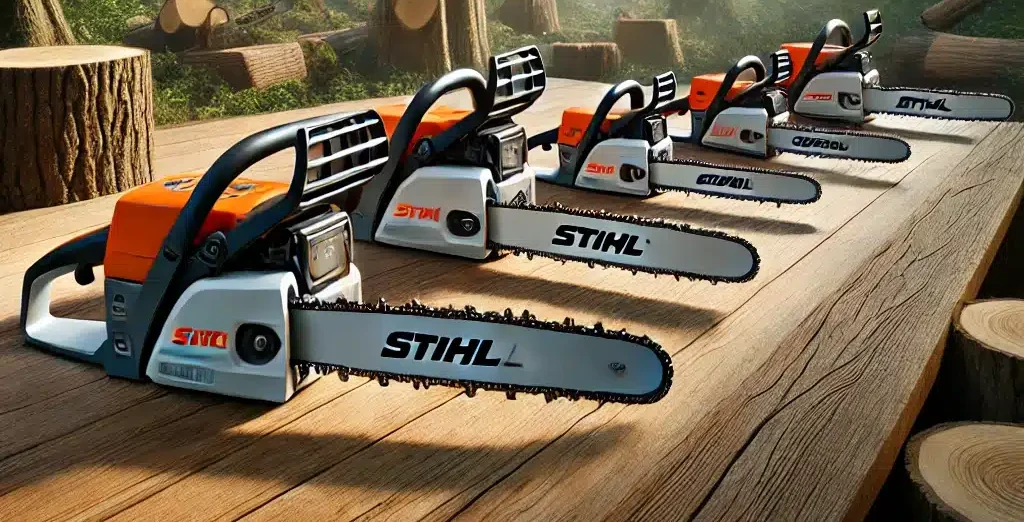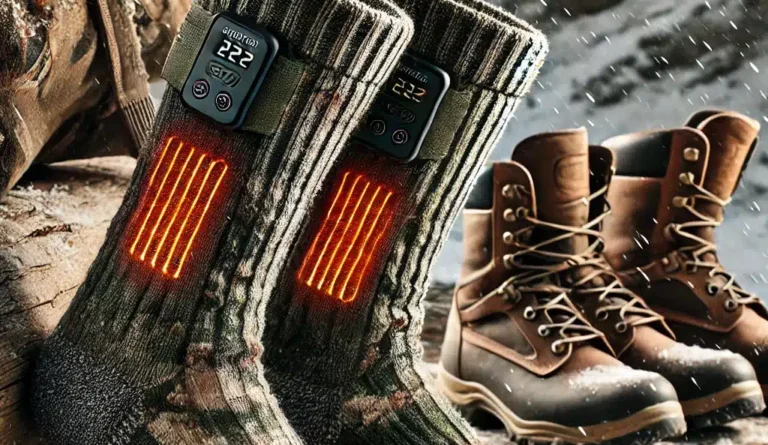Why were chainsaws invented? Contrary to popular belief, chainsaws were not originally conceived as tools for cutting down trees or logging. Instead, their early iterations were designed for medical purposes and surgical procedures.

Have you ever wondered why chainsaws were invented? If you’re picturing burly loggers in flannel shirts, you might be surprised to learn that the chainsaw’s origin story is far more… surgical.
A Cut Above the Rest: The Medical Roots of Chainsaws
Believe it or not, chainsaws weren’t originally designed for cutting down trees. Their first purpose was far more delicate – and a bit gruesome. In the late 18th century, two Scottish doctors, John Aitken, and James Jeffray, devised a revolutionary idea. They created a prototype called the “osteotome,” a hand-cranked device with a chain of teeth designed to cut through bone during surgeries.
Why would anyone need such a device? Well, picture this: it’s the 1780s, and you’re a doctor faced with a difficult childbirth. The baby is stuck, and you need to widen the pelvic area. Without modern C-sections, doctors sometimes had to remove parts of the pelvic bone. The osteotome made this process quicker and less painful than a small knife.
From Operating Room to Forest Floor
So, how did we get from bone-cutting to tree-felling? As with many great inventions, it was a gradual process of adaptation and improvement.
In the early 19th century, German orthopedic surgeon Bernhard Heine supercharged the osteotome concept. He created an improved version powered by a hand crank, making it easier to use and more efficient. This was a big step towards the chainsaws we know today.
As the Industrial Revolution rolled on, inventors started thinking about how to apply this chain-and-teeth cutting method to other materials – like wood. In 1926, German engineer Andreas Stihl (yes, that Stihl) created the first gasoline-powered chainsaw. It was bulky, needed two people to operate, and looked nothing like modern chainsaws, but it was a start.
Cutting-Edge Technology: The Evolution of Chainsaws

From Stihl’s first model, chainsaws quickly evolved:
- 1927: Emil Lerp created the first electric chainsaw.
- 1950s: Lightweight, one-person chainsaws became available.
- 1970s: Anti-vibration systems were introduced, making chainsaws easier to handle.
- 1980s-present: Safety features like chain brakes became standard, and chainsaws became more powerful and efficient.
Beyond the Forest: Chainsaws in Popular Culture
While chainsaws found their true calling in forestry, their intimidating appearance and raw power captured the public imagination. They’ve become icons in horror movies (who can forget “The Texas Chainsaw Massacre”?), starred in lumberjack competitions, and even inspired artists to create intricate chainsaw sculptures.
The Future: Cutting into New Territory
Today’s chainsaws are a far cry from their surgical ancestors. Modern versions are exploring new frontiers:
- Battery-powered models for eco-friendly cutting
- Smart chainsaws with sensors to prevent accidents
- Robotic chainsaws for dangerous or hard-to-reach areas
Wrapping Up: Why Were Chainsaws Invented?
So, why were chainsaws invented? To make childbirth easier – a far cry from their current use! This surprising history shows how human ingenuity can take an idea from one field and transform it into something completely different.
Next time you hear a chainsaw’s distinctive roar, remember its unlikely journey from the operating room to the forest. It’s a cutting example of how invention and adaptation can unexpectedly reshape our world.
Whether you’re a history buff, a tool enthusiast, or just someone who enjoys a good origin story, the tale of the chainsaw is sure to make you see this powerful tool in a whole new light. Who knows? The next time you’re at a dinner party, you might have the most interesting fun fact to share!






